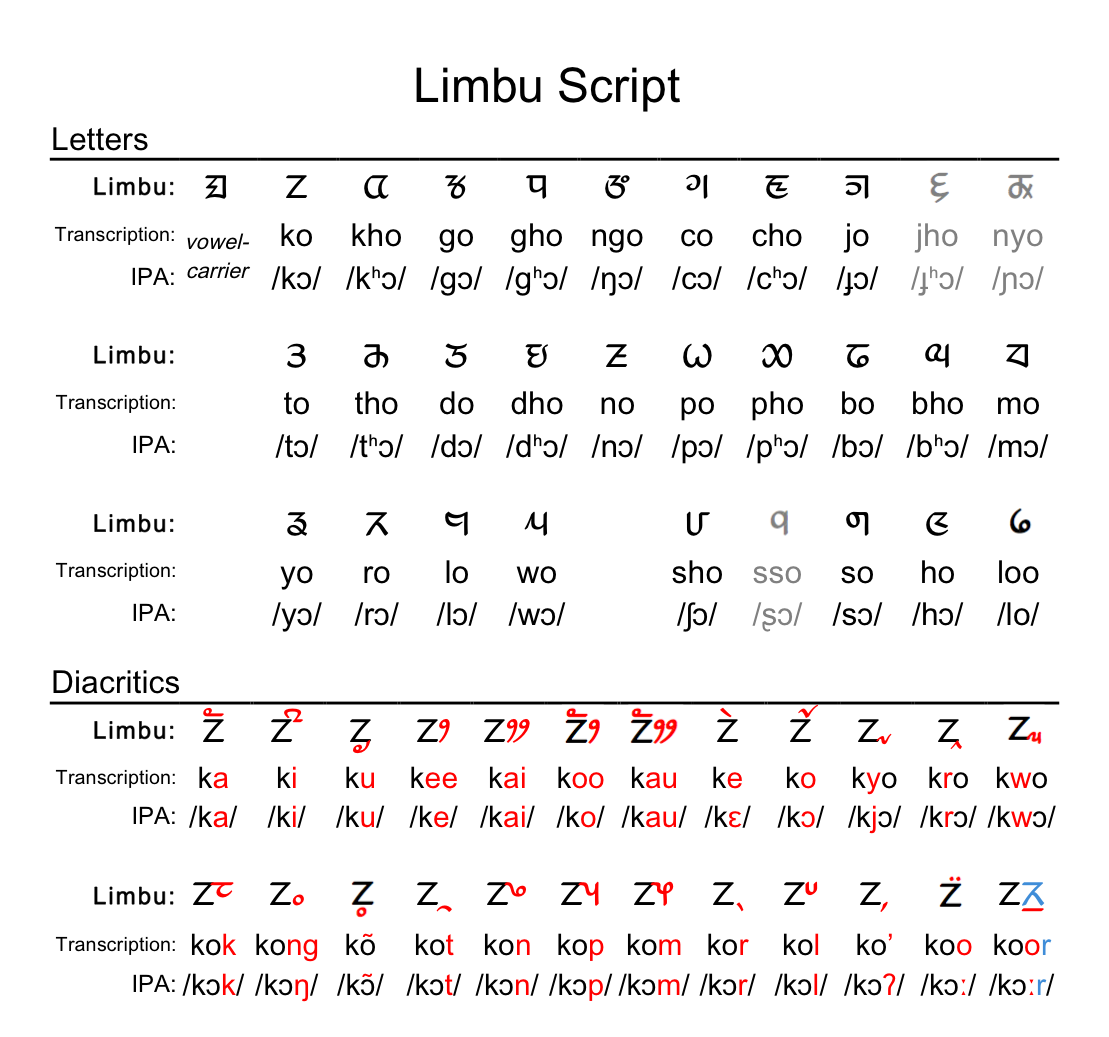|
Tagera Ningwaphumang
Tagera Ningwaphumang is the main traditional cultural god of Limbu community. She is often identified as the "Supreme Body of Knowledge" or the "Creator of the World.P.20 The Himalayan Woman: A Study of Limbu Women in Marriage and Divorce By Rex L. Jones, Shirley Kurz Jones, 1 Jan 1986 They worship this god in various festivities such as Chasok Tangnam. It is in Limbu language Limbu (Limbu: , ''yakthuṅ pan'') is a Sino-Tibetan language spoken by the Limbu people of Nepal and Northeastern India (particularly Darjeeling, Kalimpong, Sikkim, Assam and Nagaland) as well as expatriate communities in Bhutan. The Limbu refer ... which translates as invisible god of spirit. References *https://web.archive.org/web/20090901000000*/http://chumlung.org.np/page.php?page=6 South Asian deities Religion in Nepal {{Asia-myth-stub ... [...More Info...] [...Related Items...] OR: [Wikipedia] [Google] [Baidu] |
Limbu People
The Limbu (exonym) or Yakthung (endonym) are a Sino-Tibetan indigenous tribe (Bhot-Burmeli) of the Himalayan region of eastern Nepal, Sikkim, and western Bhutan. The original name of the Limbu is ''Yakthung'' () or ''Yakthum''. Limbu males are called ''Yakthungba'' or ''Yakthumba'' and Limbu females are called "Yakthumma" or "Yakthungma". Ancient texts state that "Yakthung" or "Yakthum" is a derivative of Yaksha and some interpret its meaning as the "Yaksha winner". In the Limbu language it means "heroes of the hills" (Yak - hills, thung or thum - heroes or mighty warriors), which connotates with the ancient Kiratis. Subba is a title given by the Shah Kings only to Limbu village chiefs. Subba was not an indigenous Yakthung terminology, but now the two terms are almost interchangeable. People often debate about the use of term "Subba" as their surname in Limbu tribe. It is important to note that only the village chiefs were allowed to use the term Subba in their name. It was ho ... [...More Info...] [...Related Items...] OR: [Wikipedia] [Google] [Baidu] |
Chasok Tangnam
Chasok Tangnam is a festival of the Limbu people which falls on a full moon day of the month of ''Senchengla'' or the Mangsir month of the Nepali calendar Nepali calendar can refer to: * Vikram Samvat, the official calendar in Nepal * Nepal Sambat Nepal Sambat, also spelled as Nepala Sambata, (Nepal Bhasa: , Nepali: ) is the lunisolar calendar used by the Newari people of Nepal. The Calendar era .... References Nepalese culture Kirat festivals Festivals in Nepal Limbu culture {{festival-stub ... [...More Info...] [...Related Items...] OR: [Wikipedia] [Google] [Baidu] |
Limbu Language
Limbu (Limbu: , ''yakthuṅ pan'') is a Sino-Tibetan language spoken by the Limbu people of Nepal and Northeastern India (particularly Darjeeling, Kalimpong, Sikkim, Assam and Nagaland) as well as expatriate communities in Bhutan. The Limbu refer to themselves as ''Yakthung'' and their language as ''Yakthungpan.'' Yakthungpan has four main dialects: Phedape, Chhathare, Tambarkhole and Panthare dialects. Among four dialects and/or many dialects, the Phedape dialect is widely spoken and well understood by most Yakthungpan speakers. However, as there are some dominant Panthare scholars who have role to create knowledge and control knowledge in the Limbu communities, Panthare dialect is being popularised as a "standard" Limbu language. As Panthare Yakthungs are much more engaged in central political position and administrative positions, they are trying to introduce Panthare dialect as a Standard Yakthungpan. Yakthungpan (Limbu language) is one of the major languages spoken and wri ... [...More Info...] [...Related Items...] OR: [Wikipedia] [Google] [Baidu] |
South Asian Deities
South is one of the cardinal directions or compass points. The direction is the opposite of north and is perpendicular to both east and west. Etymology The word ''south'' comes from Old English ''sūþ'', from earlier Proto-Germanic ''*sunþaz'' ("south"), possibly related to the same Proto-Indo-European root that the word ''sun'' derived from. Some languages describe south in the same way, from the fact that it is the direction of the sun at noon (in the Northern Hemisphere), like Latin meridies 'noon, south' (from medius 'middle' + dies 'day', cf English meridional), while others describe south as the right-hand side of the rising sun, like Biblical Hebrew תֵּימָן teiman 'south' from יָמִין yamin 'right', Aramaic תַּימנַא taymna from יָמִין yamin 'right' and Syriac ܬܰܝܡܢܳܐ taymna from ܝܰܡܝܺܢܳܐ yamina (hence the name of Yemen, the land to the south/right of the Levant). Navigation By convention, the ''bottom or down-facing side'' of ... [...More Info...] [...Related Items...] OR: [Wikipedia] [Google] [Baidu] |

